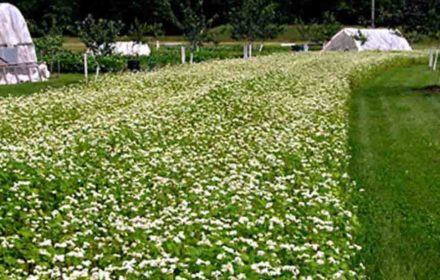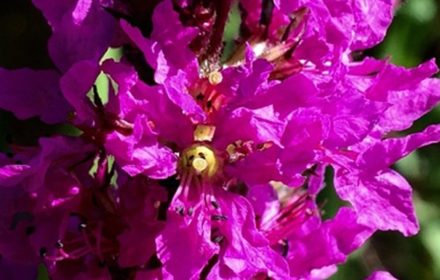How to Sow Pastel Dwarf Candytuft Seeds
Pastel Dwarf Candytuft (Iberis umbellata) brings charming pastel hues of pink, white, and purple to your garden. These compact, layered dome-shaped plants are perfect for creating colourful displays indoors or outdoors. Known for being fast-growing and low-maintenance, Pastel Dwarf Candytuft is a great choice for both beginner and experienced gardeners in the UK. Follow these steps to successfully sow and grow your Pastel Dwarf Candytuft seeds.
UK When to Sow
- Outdoors: Sow directly outdoors from April to June, once the danger of frost has passed. For continuous blooms, sow in intervals every 4 weeks. Ideal Temperatures for growing are between 15-18 degrees.
- Indoors: For an earlier start, seeds can be sown indoors from late March, and seedlings can be transplanted outside after the last frost.
Growing Dwarf Candytuft Seeds in a Propagator
To start Candytuft seeds at any time of the year, follow these steps for optimal growth:
- Fill Trays: Use seed trays filled with a light, well-draining seed compost.
- Sow Seeds: Sow the seeds thinly on the surface and cover with a very fine layer of compost or vermiculite (about 2-3mm deep).
- Watering: Water gently using a spray bottle to keep the compost moist without waterlogging.
- Set Temperature: Keep the propagator at a temperature of 15-18°C to encourage germination.
- Germination Time: Seeds typically germinate in 14-21 days.
- Hardening Off: Once seedlings are sturdy and the last frost has passed, gradually acclimate them to outdoor conditions before transplanting.
Preparing the Soil and Location
- Soil Type: Candytuft thrives in well-drained, sandy, or loamy soil. It tolerates poorer soils but prefers slightly nutrient-enriched ground. Adding compost can enhance growth.
- Sunlight Requirements: Choose a location that receives full sun to partial shade. Plants grown in full sun will produce the most blooms.
Sowing Instructions
- Soil Preparation: Lightly rake the soil to create a fine, even surface, and remove any weeds or debris.
- Sowing Depth: Sow seeds thinly on the surface and cover with a very light layer of soil, about 2-3mm deep.
- Spacing: Once seedlings are about 2 inches tall, thin them to 8-12 inches apart. This spacing will ensure that each plant has enough room to develop fully.
- Watering: Water the soil gently after sowing and keep it consistently moist during germination. Be careful not to overwater as this can hinder germination.
Germination Time
- Germination Period: Candytuft seeds typically germinate within 14-21 days. Germination may occur faster as the soil warms during late spring or early summer.
Aftercare Tips
- Watering: Once established, Candytuft is drought-tolerant. Water only when the soil feels dry to the touch.
- Deadheading: To extend the blooming period, regularly remove spent flowers. This will encourage the plant to produce new blooms.
- Fertilising: These plants are not heavy feeders, but a general-purpose fertiliser once during the growing season can support better growth.
Harvesting Candytuft Flowers for Displays
- Cutting for Bouquets: Harvest flowers when fully open, cutting them early in the morning for best results. Leaving a few inches of stem encourages new growth.
- Self-Seeding: If you allow the final blooms of the season to go to seed, Candytuft will self-seed, providing natural blooms the following year.
Growing Height and Spread
- Height: Plants grow up to 25 cm tall.
- Spread: Each plant will spread about 20-30 cm, creating a compact, dome-shaped display.
Commonly Asked Questions
- Can I grow Candytuft Seeds indoors?
Yes, you can start Candytuft seeds indoors in seed trays. However, it’s best suited for outdoor planting once the risk of frost has passed. Indoor-grown seedlings should be hardened off before transplanting outside.
- Does Candytuft come back every year?
While Candytuft is an annual, it can self-seed if left undisturbed, producing new plants in the following growing season.
- How long does it take for Dwarf Candytuft Plants to flower?
Candytuft typically flowers 8-10 weeks after sowing, providing colour from early summer to autumn.
- What type of soil is best for Candytuft?
Candytuft thrives in well-drained, sandy, or loamy soil. It doesn’t require rich soil and can tolerate poorer conditions, making it suitable for various garden types.
- Does Candytuft attract pollinators?
Yes, Candytuft is known to attract bees, butterflies, and other beneficial pollinators, making it a great choice for pollinator-friendly gardens.



















